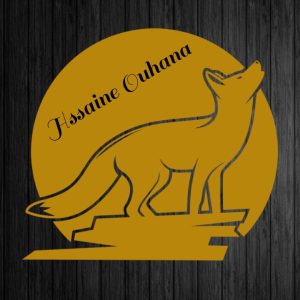Singapore, a melting pot of cultures and ethnicities, is a vibrant city-state that boasts a rich linguistic landscape. The linguistic diversity in Singapore reflects the nation’s unique history and the coexistence of multiple ethnic communities. While English is the official language, Singapore is also home to several other languages, including Mandarin Chinese, Malay, and Tamil. This article delves into the linguistic tapestry of Singapore, exploring the roots, evolution, and significance of the various languages spoken in this dynamic nation.
Official Languages:
English:
As a former British colony, Singapore adopted English as its official language upon gaining independence in 1965. Today, English is the primary medium of instruction in schools and the language of administration, business, and government. Singaporean English, however, has its distinct features, incorporating elements from various linguistic sources, including Chinese, Malay, Tamil, and other regional languages.
Mandarin Chinese:
With a sizable Chinese population, Mandarin Chinese plays a significant role in Singapore’s linguistic landscape. The Mandarin spoken in Singapore is predominantly based on the simplified script used in mainland China. The government actively promotes Mandarin proficiency, considering it an essential skill for economic and cultural engagement with the wider Chinese-speaking world.
Malay:
Malay is one of Singapore’s official languages and the country’s national language. While Malay is the native language of the Malay community in Singapore, it is also the language of communication between different ethnic groups, fostering a sense of unity and multiculturalism. Malay influences are evident in the country’s toponyms, daily expressions, and the national anthem, “Majulah Singapura.”
Tamil:
Tamil is the ancestral language of the Indian Tamil community in Singapore. It is one of the official languages and is used in educational institutions and official documents. The preservation of Tamil culture and language is actively supported through various initiatives, contributing to the vibrant cultural mosaic of the nation.
Other Languages:
Apart from the official languages, Singapore is also home to many other languages spoken by its diverse communities. Hokkien, Cantonese, Teochew, and Hakka are some of the Chinese dialects spoken, each with unique characteristics. Additionally, languages like Punjabi, Bengali, and Gujarati thrive within the Indian community, showcasing the rich linguistic diversity.
Singlish – The Unofficial Language:
In addition to the official languages, Singapore has its colloquial language known as Singlish. Singlish, a blend of English, Malay, Mandarin, and various dialects is the informal language spoken in everyday conversations. It is characterized by its unique vocabulary, grammar, and pronunciation, reflecting the multicultural and multilingual nature of Singaporean society. While officially discouraged in formal settings, Singlish serves as a testament to the cultural fusion and harmonious coexistence of different linguistic influences in the country.
Conclusion:
The linguistic landscape of Singapore is a testament to the nation’s multiculturalism and rich historical tapestry. With English as the official language and Malay, Mandarin Chinese, and Tamil as national languages, Singapore celebrates its diverse linguistic heritage. Singlish, the colloquial language, adds a distinctive local flavor to communication. This linguistic fusion reflects the harmonious coexistence of different ethnicities and cultures, making Singapore a truly unique and vibrant city-state on the global stage.

Leave a Reply